Do Teething Toys Help Teeth Come In?
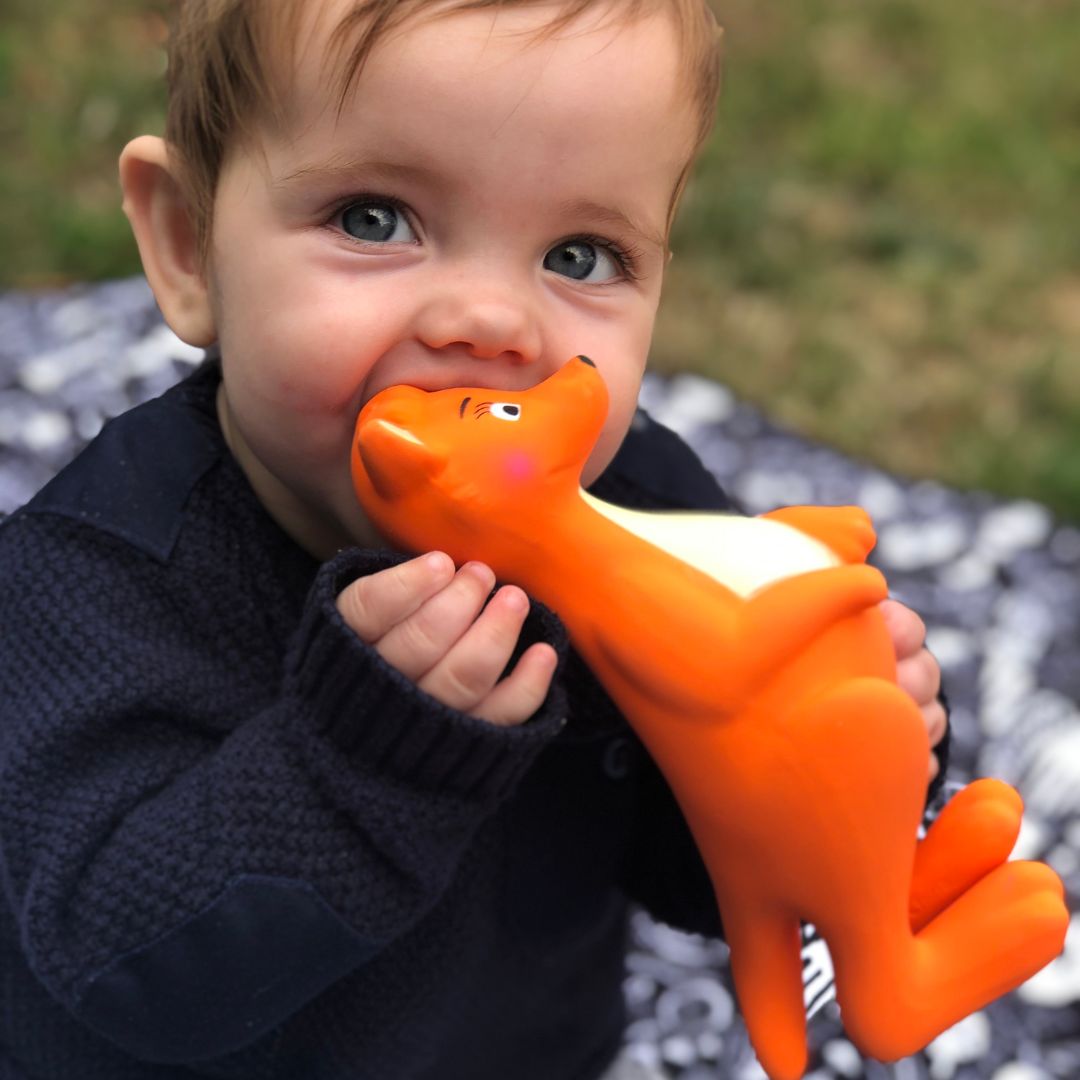
Do Teething Toys Help Teeth Come In?
When babies begin teething, it's a significant milestone in their development, often marked by discomfort and irritability. Many parents turn to teething toys as a remedy to soothe their babies’ gums. While these toys are popular for providing relief, there’s a common question among parents: Do teething toys actually help teeth come in? Let’s delve into what teething toys do and the role they play during the teething process.
Understanding Teething
Teething is the process during which a baby's teeth sequentially emerge through the gums, typically starting around 6 months of age. This process can cause discomfort, swelling, and irritation as the new teeth push through the gum surface.
The Role of Teething Toys
Teething toys are designed to provide a safe outlet for babies to chew on, which can alleviate the discomfort associated with teething. Here’s how they help:
Soothing Pressure
When babies chew on teething toys, the gentle pressure exerted on their gums can provide soothing relief from the pain. This pressure helps to temporarily distract from the discomfort and can also reduce swelling in the gums.
Gum Preparation
While teething toys do not speed up the teething process or help teeth "come in" faster, they can help prepare the gums for the emergence of new teeth. The consistent use of teething toys might help to gradually loosen the gum tissues, which could potentially ease the teething process, though this effect is generally mild and indirect.
Sensory Development
Teething toys often come in various textures and are made from materials that are safe to chew on. The different surfaces can stimulate a baby's oral sensory skills, which are important for various developmental milestones, such as eating solid foods and speaking.
Types of Teething Toys
Teething toys vary widely in material, texture, and design, providing numerous options for parents and babies:
Silicone Teething Toys: Soft and flexible, these toys are gentle on the gums and easy to clean.
Natural Rubber Teething Toys: Made from a sustainable material, these toys are eco-friendly and often softer than silicone.
Plastic Teething Toys: These can be filled with water and chilled for additional relief.
Cloth Teething Toys: Often combined with a harder material, cloth toys are good for added tactile sensation.

Safety Considerations
When using teething toys, safety is paramount. Always follow these guidelines:
Check for BPA-Free Labels: Ensure that the teething toys are free from BPA, PVC, and phthalates.
Regular Inspection: Regularly inspect teething toys for signs of wear or damage. Discard any toys that are broken or have sharp edges.
Proper Cleaning: Keep teething toys clean by washing them with mild soap and water and drying them thoroughly.
While teething toys do not directly help teeth come in, they are invaluable for providing comfort and relief from the symptoms associated with teething. They offer a safe and effective way for babies to satisfy their natural urge to chew during this challenging phase. By choosing the right type of teething toy and ensuring it is used safely, you can help ease your baby’s teething pain effectively.

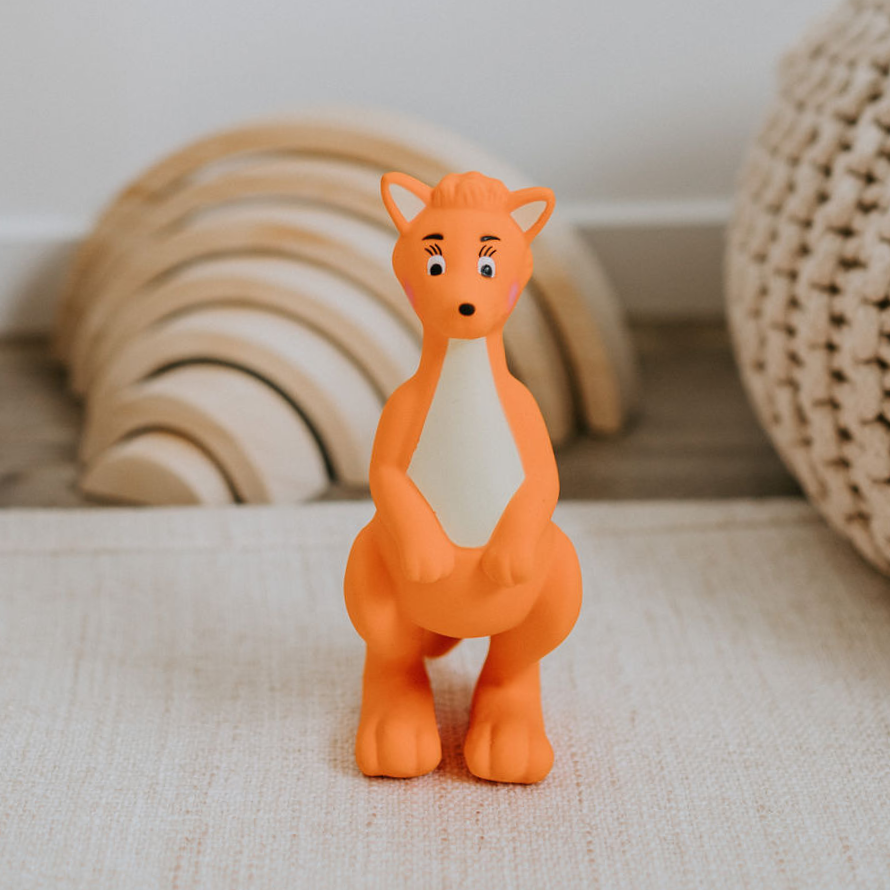
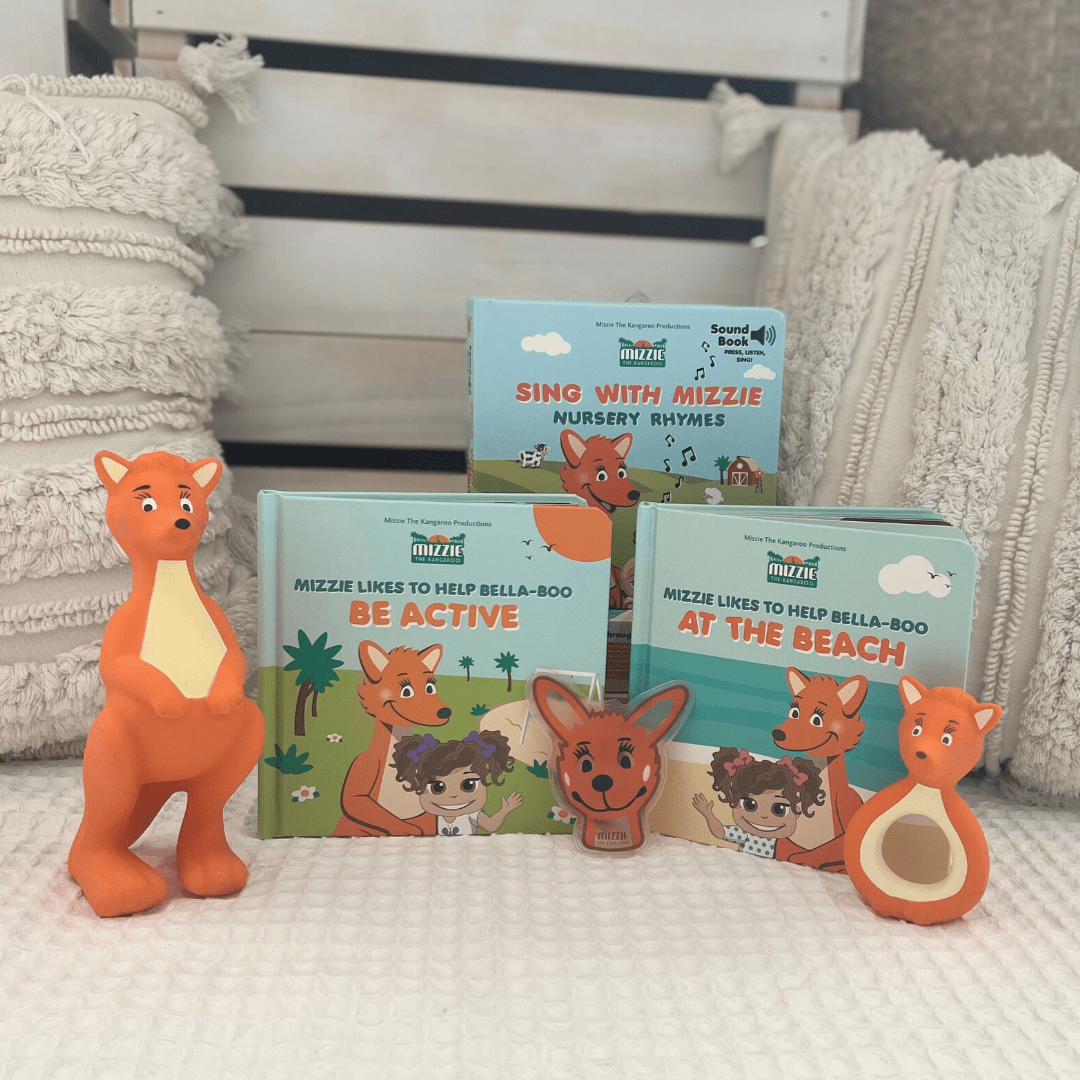




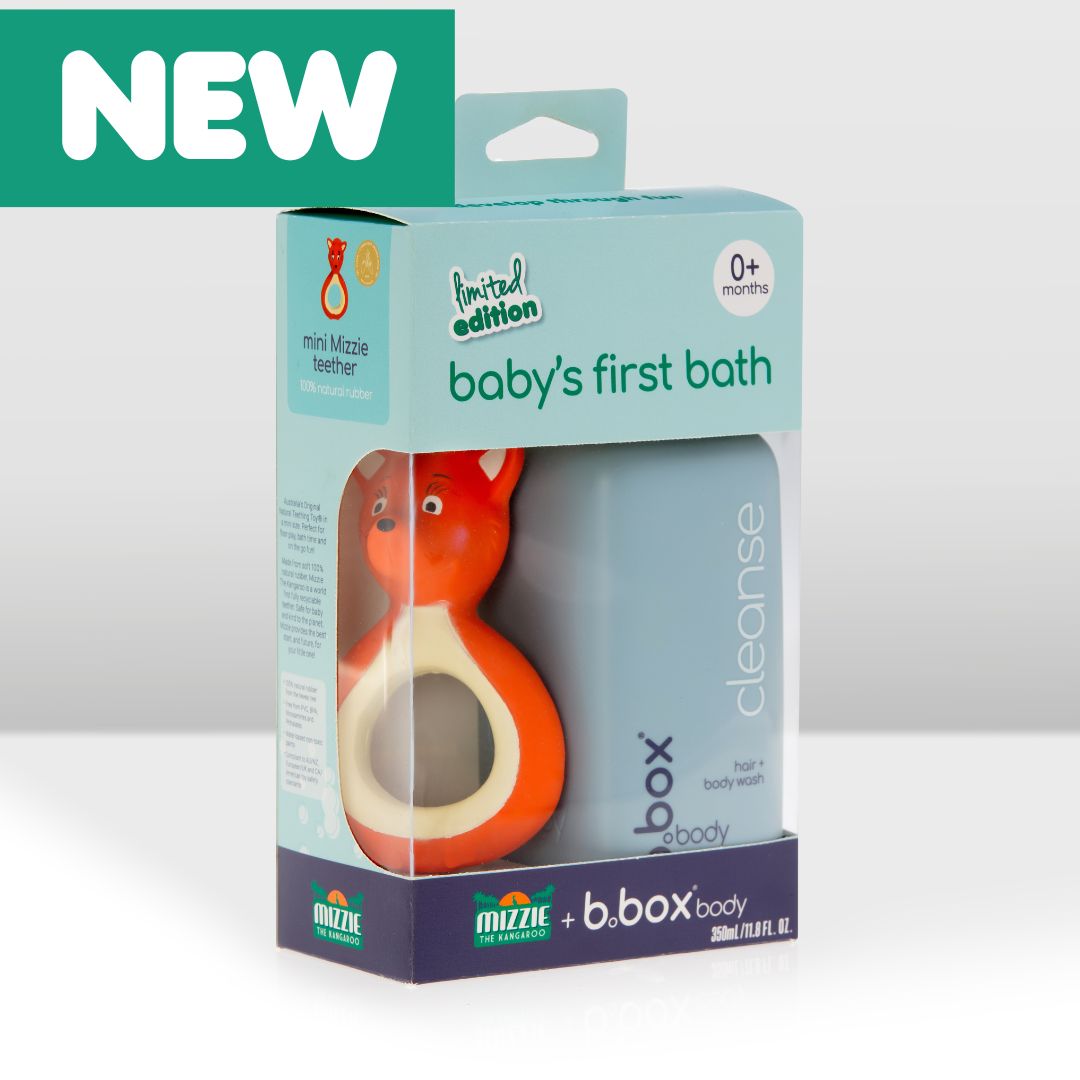
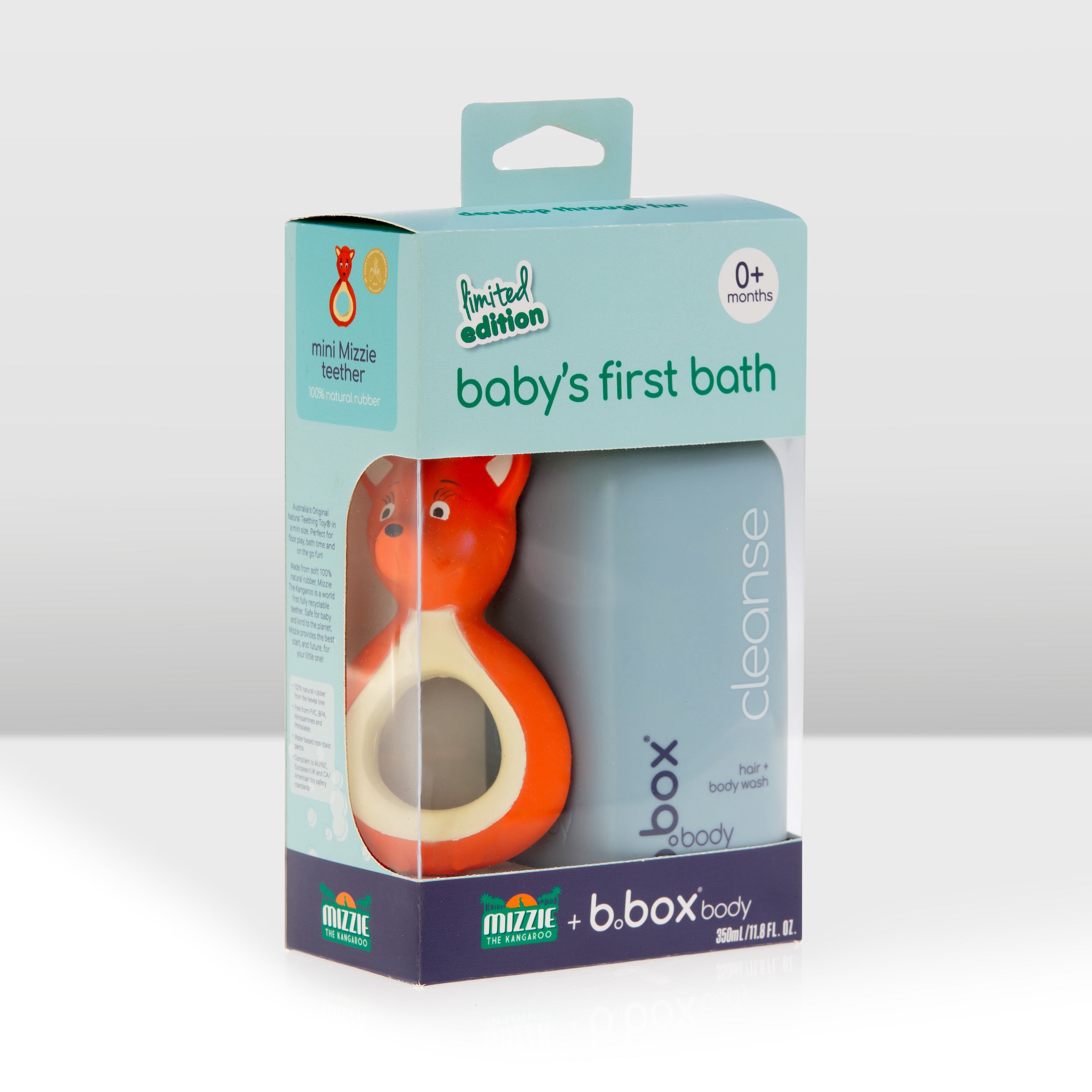


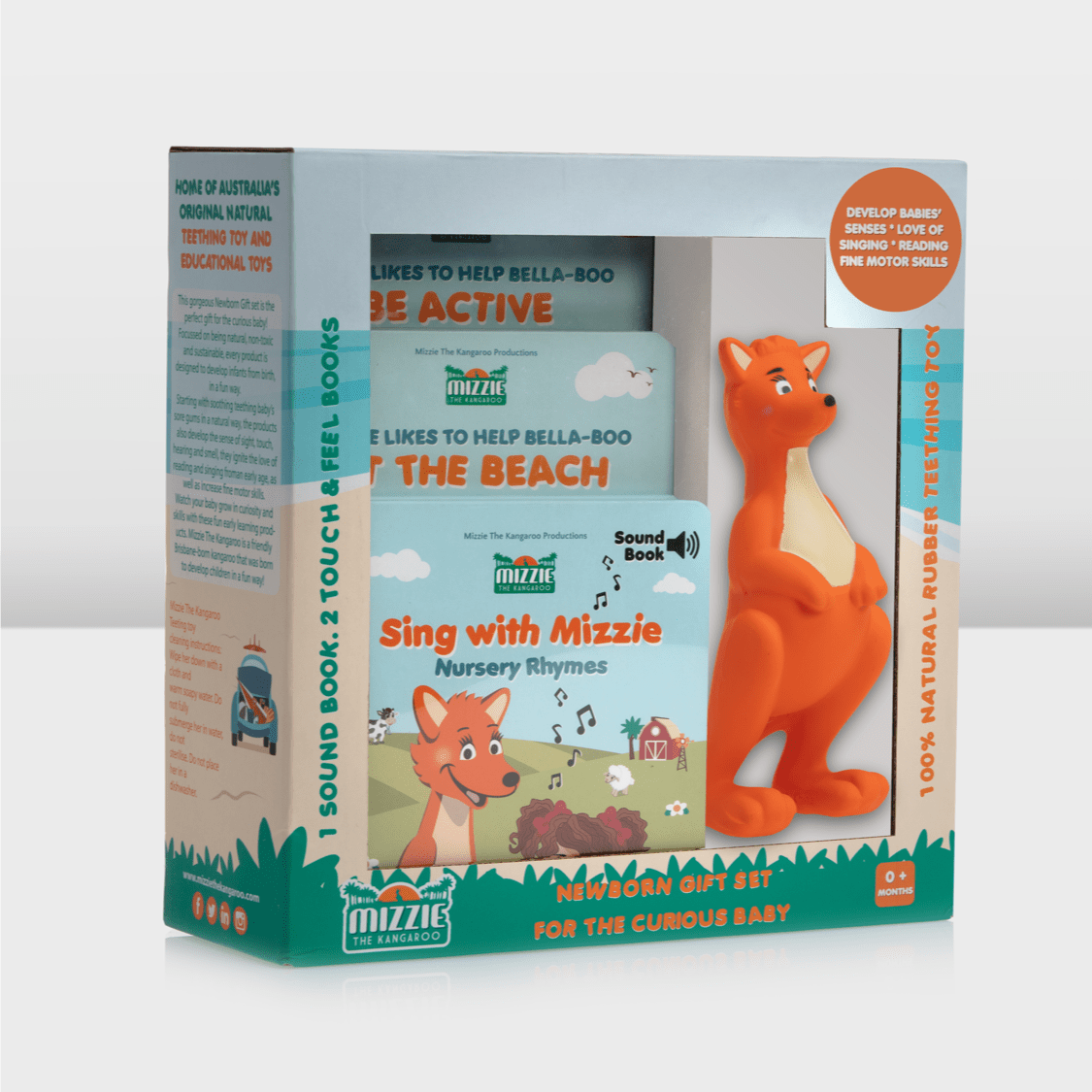
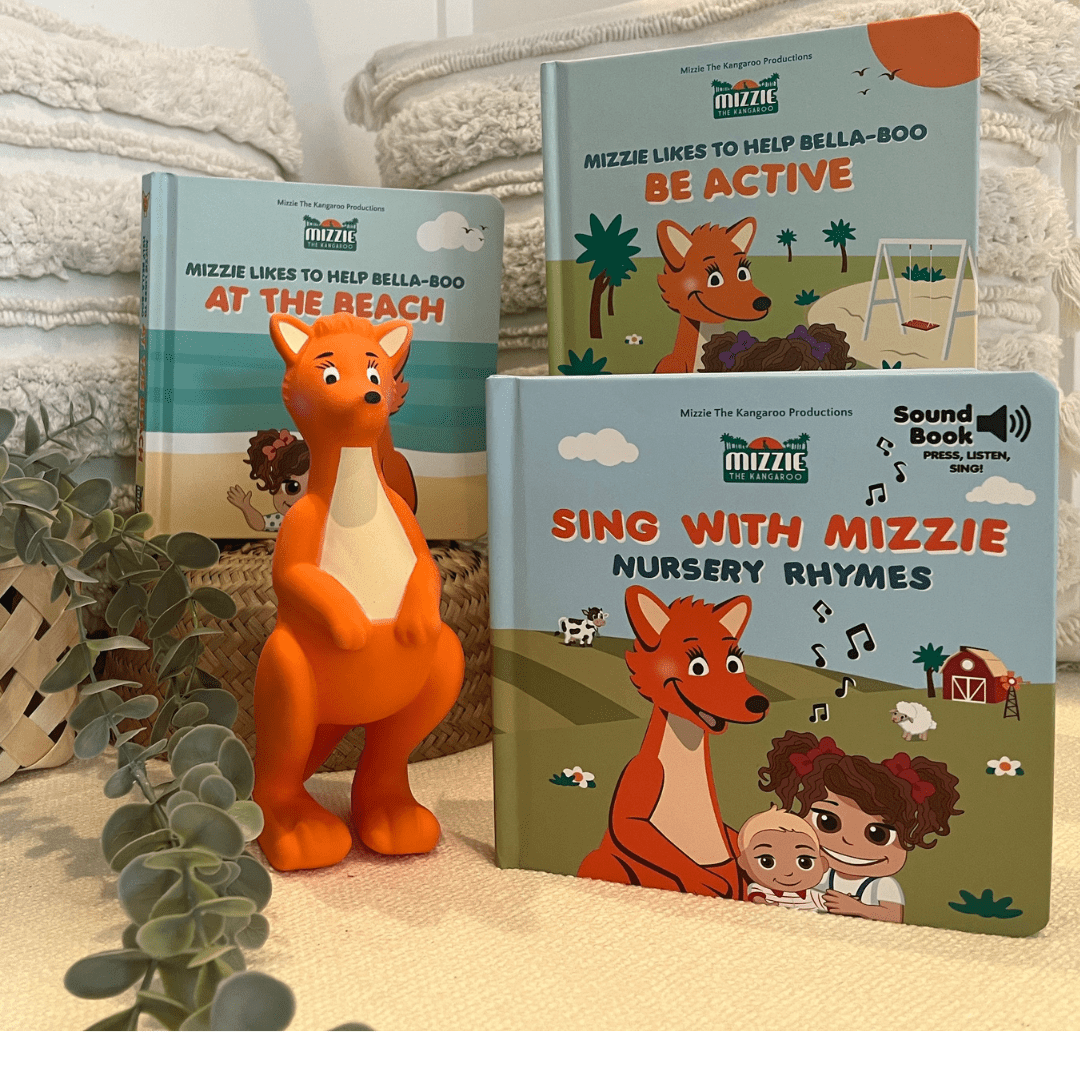
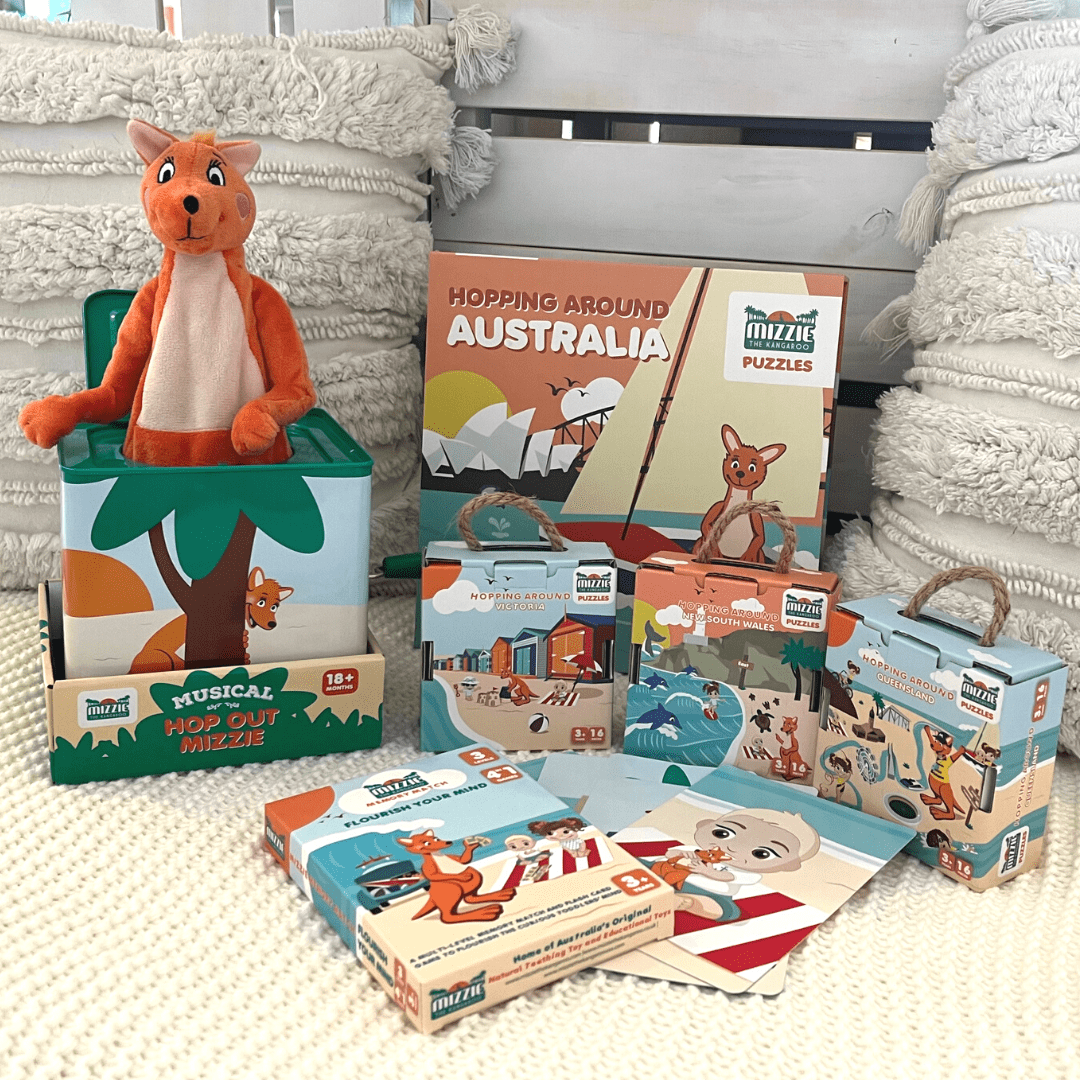
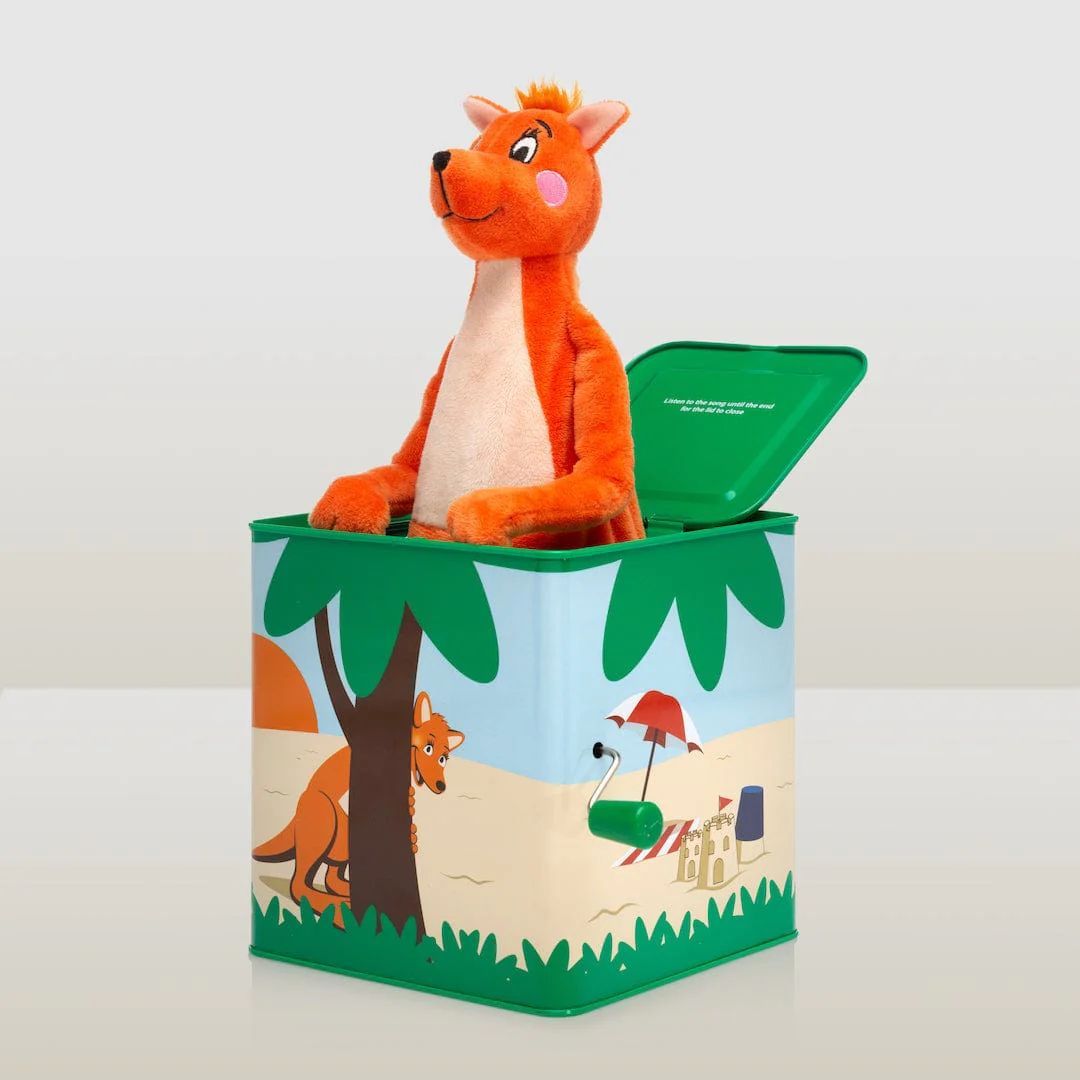
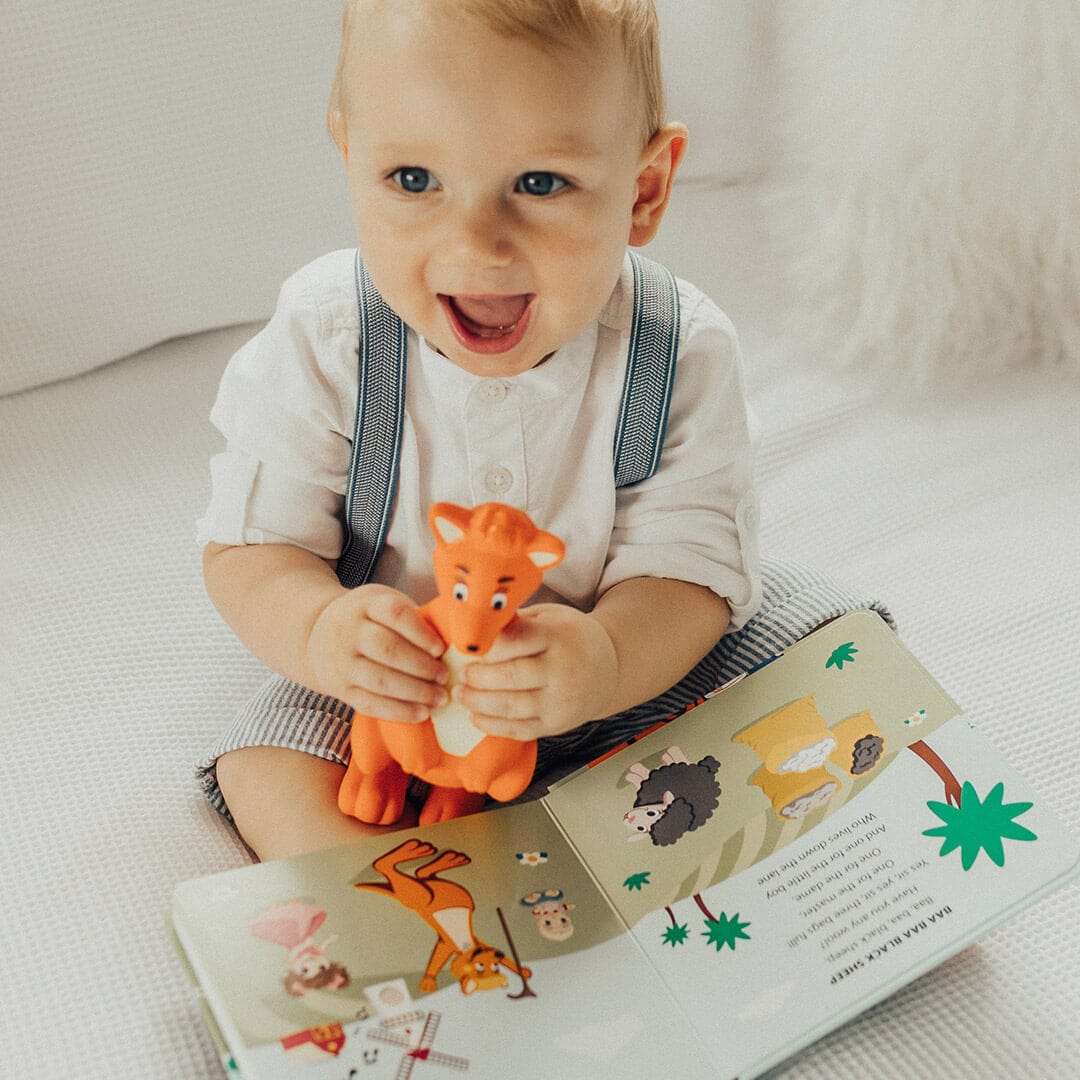
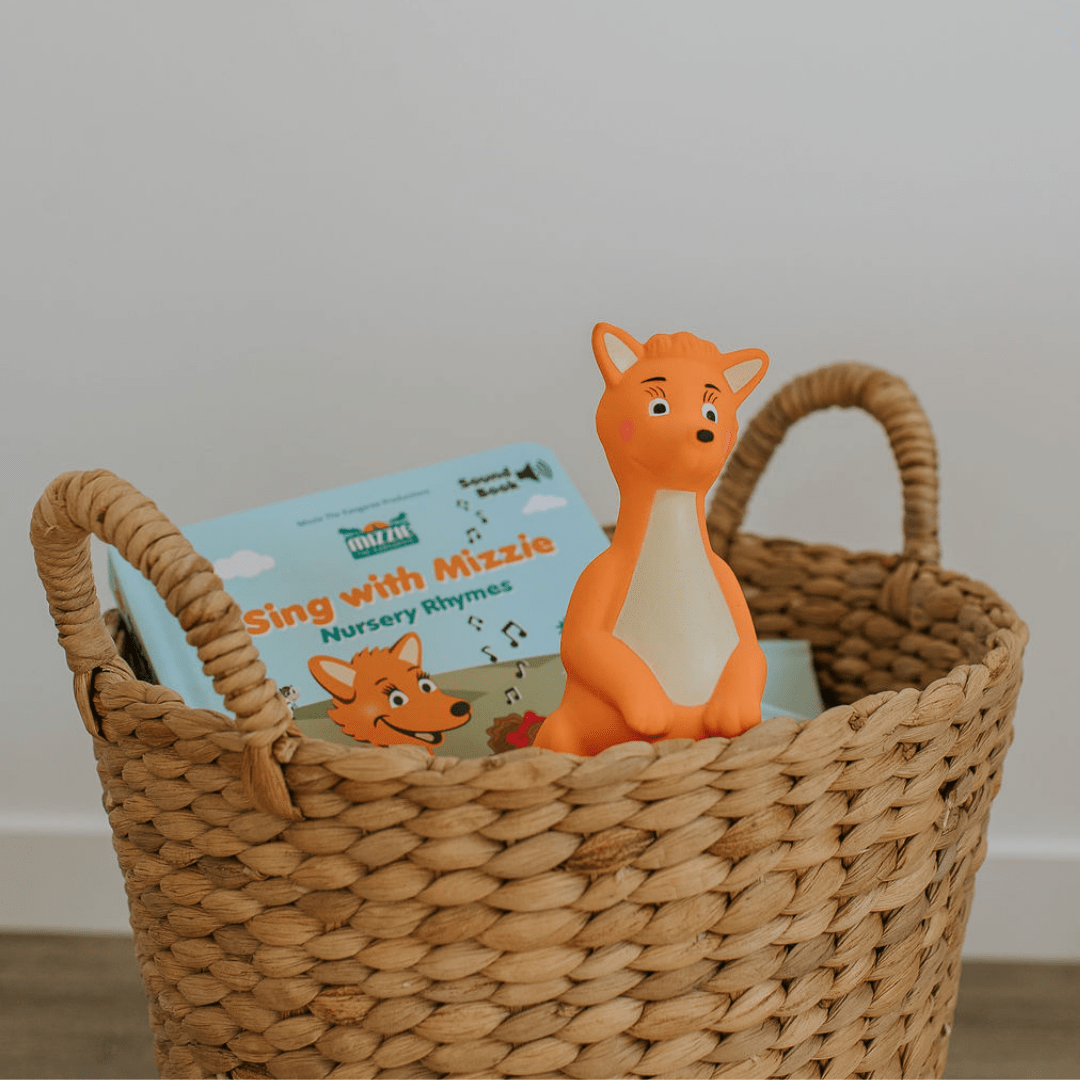
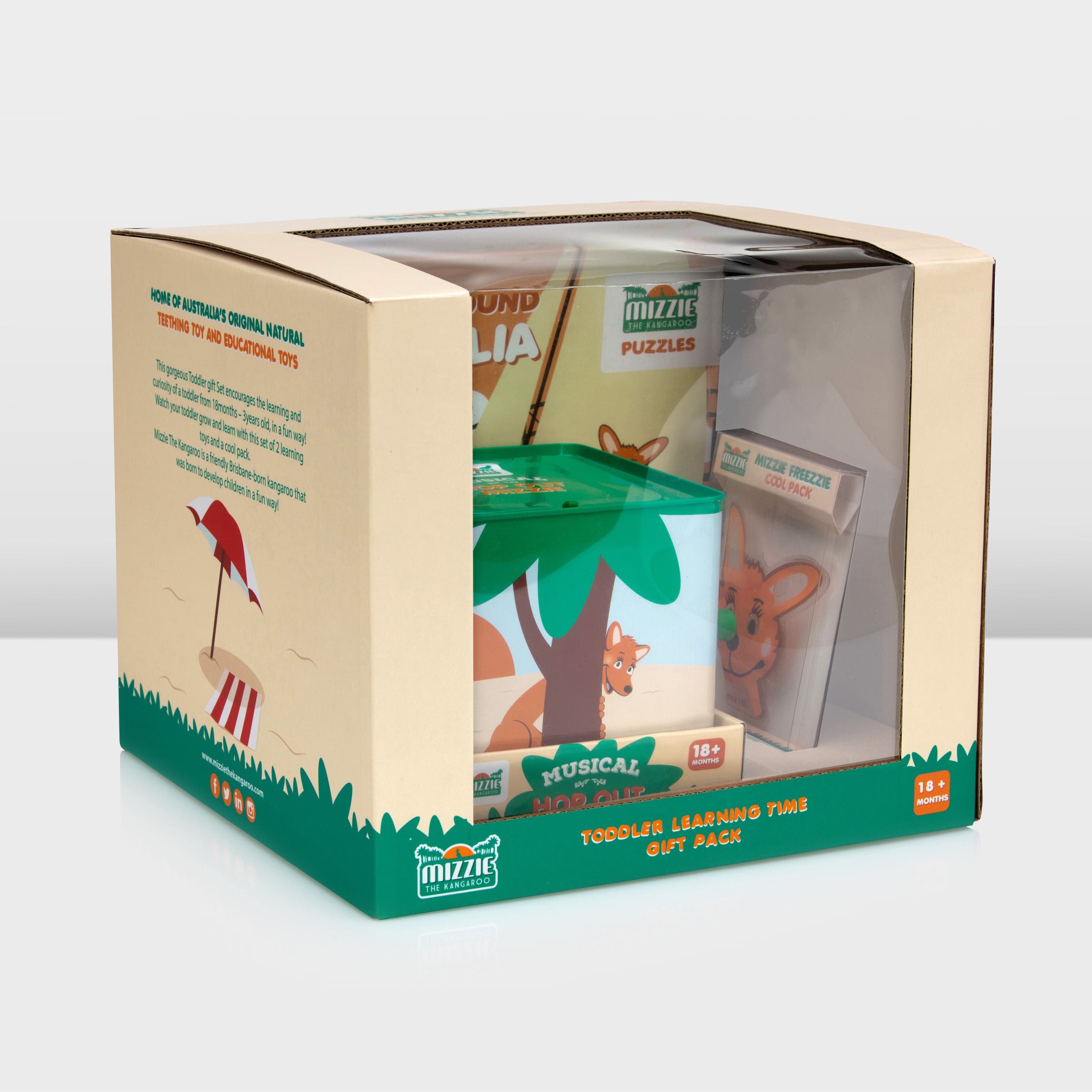
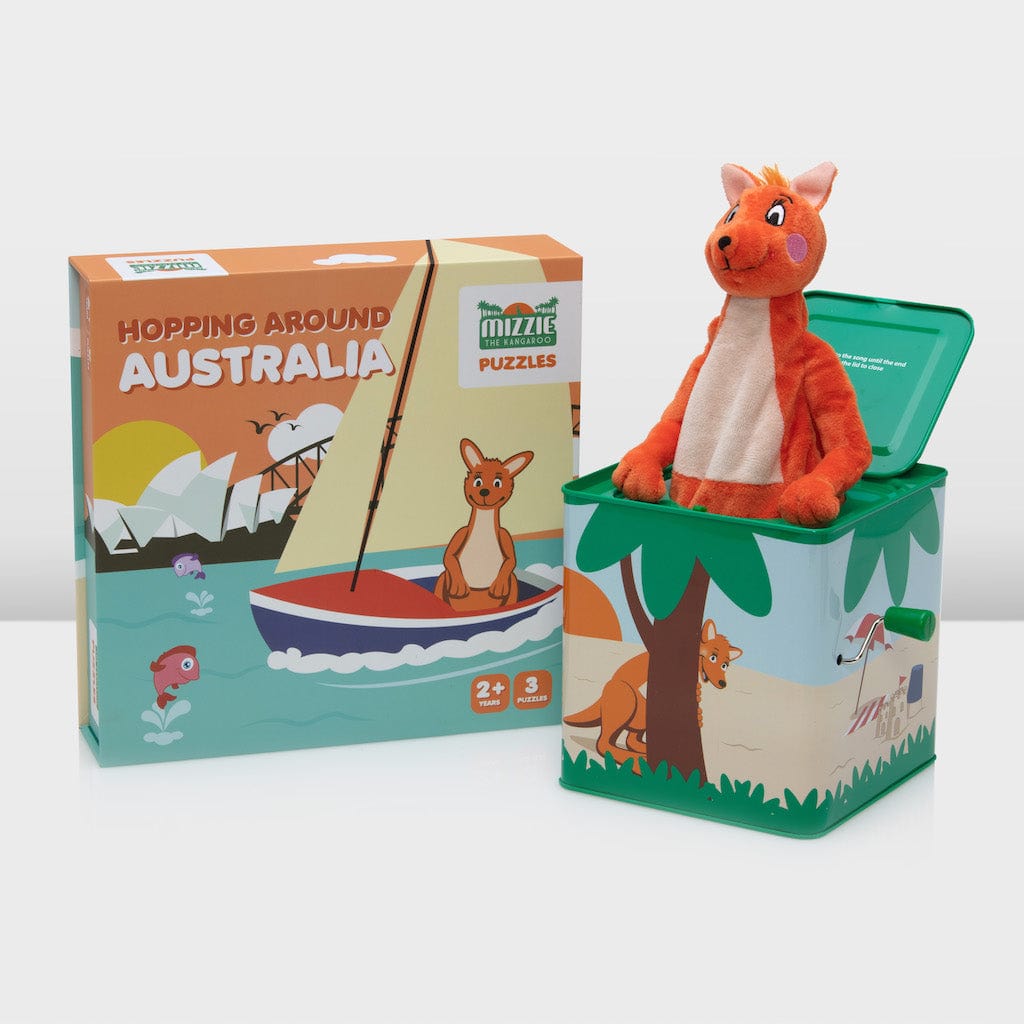
Leave a comment